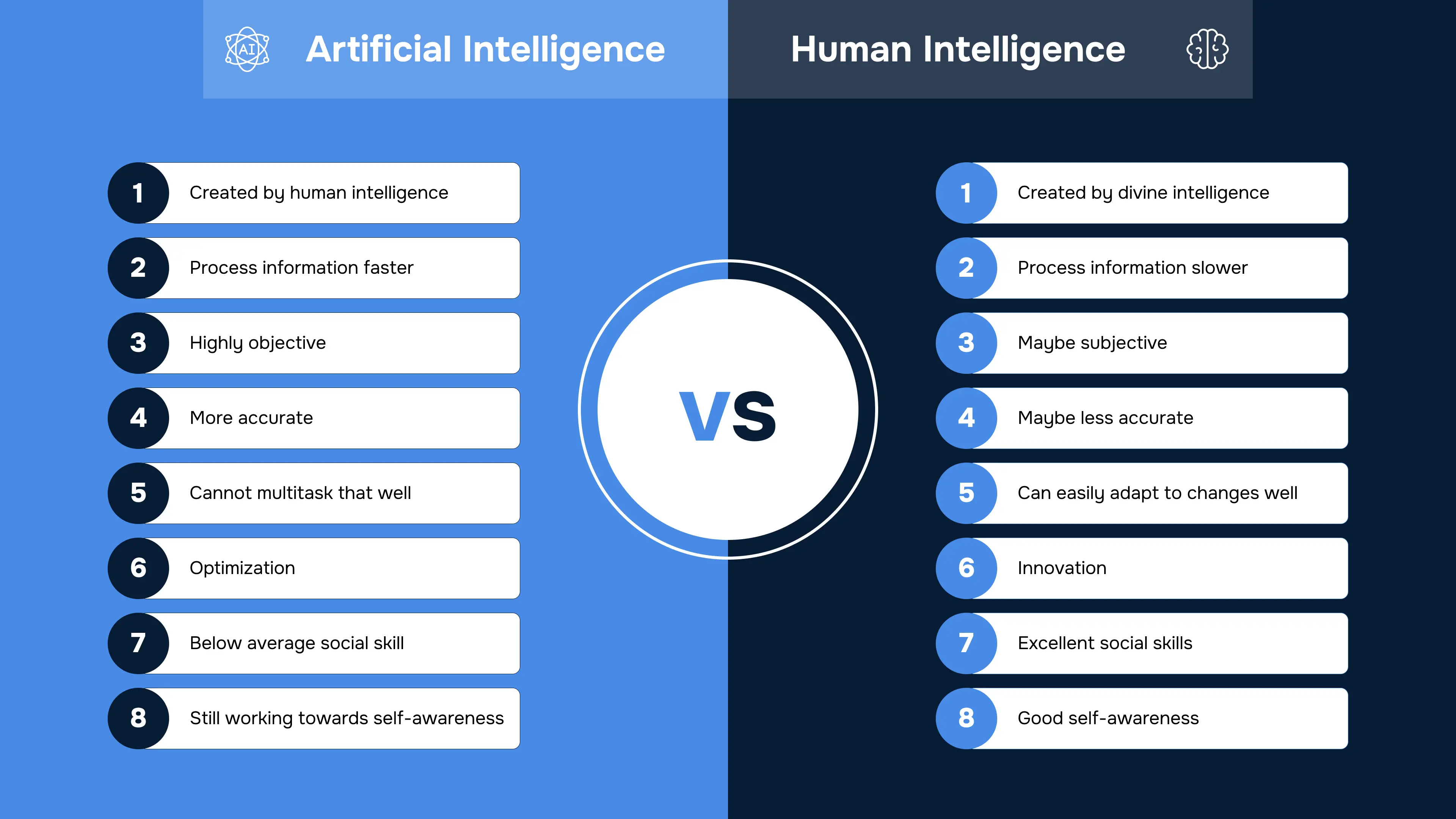May 16, 2025
Marc Rothmeyer
What Is Conversational AI?
Real-Life Examples of Conversational AI
How Does Conversational AI Work?
Why Is Conversational AI So Popular Now?
How Conversational AI Is Changing Communication
What Are the Challenges?
What’s Next for Conversational AI?
Final Thoughts
In today's fast-moving digital world, we talk to machines more than ever before. Whether you're asking Siri to set an alarm, chatting with a customer support bot, or using voice commands on your smart home device, you're engaging with Conversational AI—even if you don’t realize it.
But what exactly is Conversational AI, and why is it becoming such a big deal? Let’s break it down simply and engagingly.
Conversational AI is a type of technology that allows machines to understand, process, and respond to human language in a way that feels natural. It powers tools like:
At its core, Conversational AI combines natural language processing (NLP), machine learning, and sometimes speech recognition to make human-like interactions possible. It learns from conversations over time and improves how it communicates.
Also Read - Top Mobile App Development Company In Australia: Why Mobcoder Stands Out
Let’s look at some examples you’ve probably used or heard about:
You visit a website, and a little chat window pops up asking, “How can I help you today?” That’s likely a chatbot. It can answer questions about your order, guide you to the right page, or even help with payments.
Siri setting reminders or Alexa playing your favorite song is another example of Conversational AI in action. You speak; it listens, understands, and replies.
You’ve probably interacted with an AI bot on Facebook Messenger or WhatsApp that gives you product info, order status, or promotional updates.
While it may seem like magic, a lot is going on behind the scenes. Here’s a simple breakdown:
The AI first needs to understand what you're saying (or typing). This is done through Natural Language Understanding (NLU). It breaks down your sentence and figures out the intent behind it.
Once it understands your question or command, the system uses machine learning to figure out the best response.
Then it uses Natural Language Generation (NLG) to reply in a way that makes sense to you, like a human would.
I The more it interacts, the more it learns. Over time, it improves responses, becomes more accurate, and even starts predicting what you might ask next.
Also Read - Why Mobcoder Stands as the Top Mobile App Development Company in the UAE
There are a few big reasons why Conversational AI is booming:
Let’s face it—we all hate waiting on hold or digging through long FAQs. Conversational AI provides instant answers, 24/7.
Companies can reduce support costs by using AI bots instead of hiring large teams of human agents.
From turning off the lights to ordering pizza, Conversational AI is helping people get things done faster and easier.
With advancements in AI and machine learning, these systems are becoming more intelligent and more “human” in how they talk.

Conversational AI is doing more than just automating tasks—it’s changing how we communicate in our daily lives, both at work and at home.
Typing is slowly being replaced by talking. People are now using voice to send messages, search the web, and control devices. This shift is making communication more natural and hands-free.
No one likes waiting in line or listening to hold music. Conversational AI allows businesses to offer fast, personalized, and consistent support anytime, anywhere.
AI-powered voice assistants are helping people with visual or physical impairments interact with technology more easily, making the digital world more inclusive.
In the corporate world, conversational AI is automating repetitive tasks, scheduling meetings, summarizing documents, and answering common HR questions. It’s like having a smart virtual assistant that never sleeps.
While Conversational AI is impressive, it’s not perfect. Some common challenges include:
That’s why developers and companies are constantly working to make conversational AI more advanced, friendly, and secure.
As AI continues to grow, the future of conversational AI looks exciting. Here are a few trends to watch:
Typing is slowly being replaced by talking. People are now using voice to send messages, search the web, and control devices. This shift is making communication more natural and hands-free.
Soon, AI may not just understand your words, but also your emotions. Imagine a customer support bot recognizing when you’re frustrated and offering to connect you to a human agent.
More bots will become fluent in multiple languages, making global communication smoother.
Future AI will remember your preferences, habits, and previous chats, offering a personalized experience just like your favorite human assistant.
We’ll see more smart screens combining voice commands with visuals—for example, asking your assistant for a recipe and seeing it step-by-step on the screen.
Also Read - Why Explainable AI (XAI) is Crucial for Trust and Transparency in AI Systems
As AI continues to grow, the future of conversational AI looks exciting. Here are a few trends to watch:
Conversational AI is no longer a futuristic idea—it’s already part of our daily lives. From improving customer service to transforming how we interact with technology, it's revolutionizing communication.
The more it evolves, the better it gets at understanding us, not just what we say, but what we mean. And that opens up exciting possibilities for smarter, faster, and more natural conversations with machines.
Whether you’re a business looking to offer better service or a user looking to make life easier, conversational AI is definitely something to keep an eye on. After all, talking to machines is no longer weird—it’s becoming the new normal.

At Mobcoder, we build smart, intuitive, and user-friendly AI-powered solutions that make conversations with technology feel truly human. Let's build something incredible—get in touch with us today!

Chris Chorney
October 29, 2025
6min

Marc Rothmeye
September 29, 2025
6min

Girijesh Kumar
September 04, 2025
6min